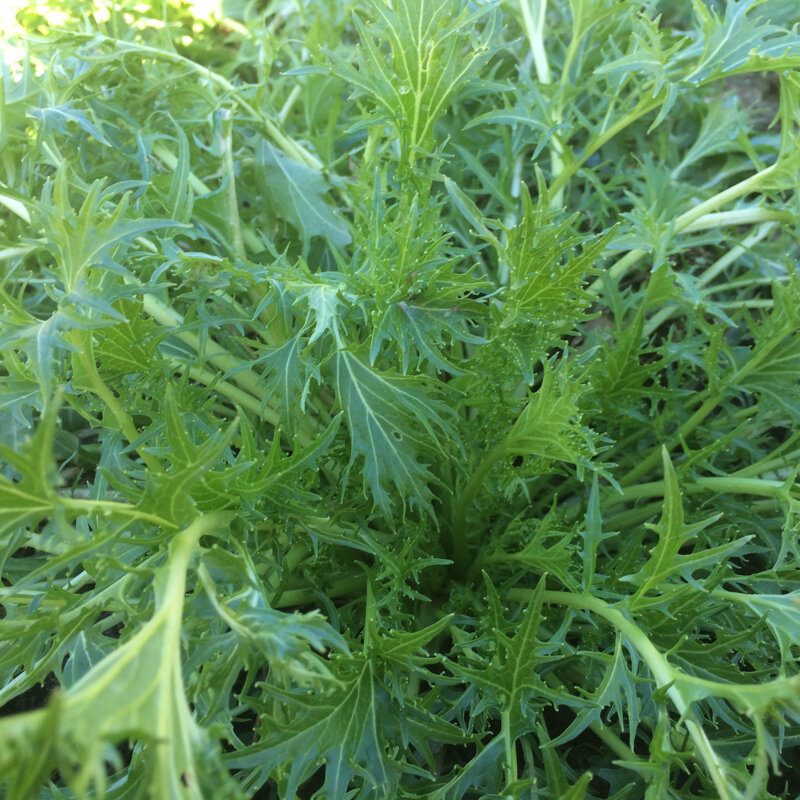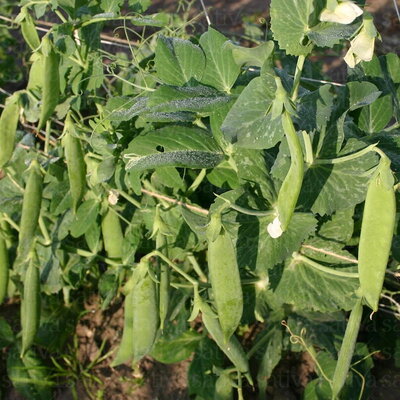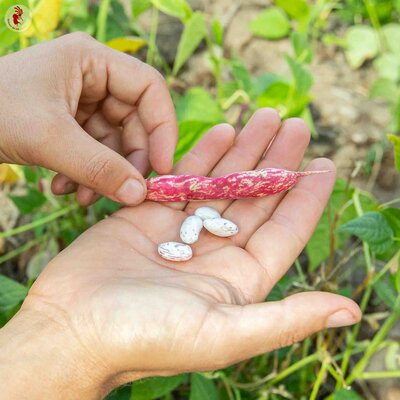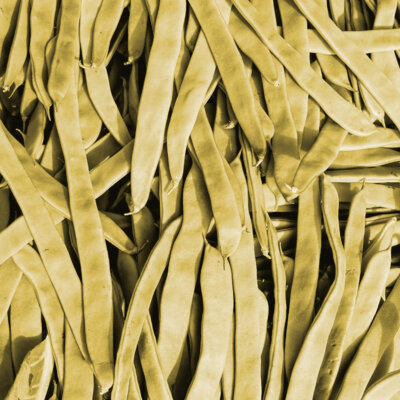Mizuna - Japanese mustard
This ancient, fast-growing variety offers sweet-tasting, cut leaves when picked young. Hardy, it can overwinter in the ground, providing greens that can be eaten like chicory.
What are the characteristics of Mizuna cabbage?
Mizuna or Japanese mustard, Brassica rapa japonica, from the Brassicaceae family, is an ancient variety native to Japan. It has rosettes of light-green leaves, with a slightly peppery taste reminiscent of arugula. The young shoots can be eaten raw in salads or cooked like spinach. Hardy and cold-resistant, Japanese cabbage can be grown in winter.
There's also Mizuna Purple Japanese mustard, whose purple-edged leaves offer a more intense taste.
How to sow Mizuna seeds?
This Japanese cabbage can be sown from August to October, in pots, boxes or directly in the ground. This plant can also be grown in pots.
In pots or trays: sow Mizuna seeds 3 weeks before planting in the vegetable garden. When the plants have 4 to 5 leaves, transplant them into the garden, 25 cm apart in all directions. Choose well-drained soil with little shade.
In the garden: sow lightly, in rows 30 cm apart. When plants have 4 to 5 leaves, thin to 30 cm. Mulch to keep the soil cool and moist. Remember to stagger sowing to enjoy this variety for longer.
Spring sowing is possible, provided it is done early enough in the season. The idea is to harvest the leaves before the hot weather, which favors seed set.
How to use Mizuna Japanese mustard?
Mizuna Japanese cabbage is harvested from October to March. The leaves are picked as and when needed, cutting them off at the base of the stem to encourage regrowth.
It's best to eat this plant quickly, as, like all salads, it can be stored in the refrigerator for just a few days. Raw, Mizuna cabbage can be enjoyed as a mesclun, with arugula or lamb's lettuce. Cooked, it can be prepared like spinach, in soup or sautéed in a wok.
These products may also be of interest to you
in the ground, in bucket, online, in nurseries
Sow in pots 3 weeks before planting. Transplant when plants have 4 to 5 leaves, 25 cm apart in all directions. For direct sowing, sow lightly, in rows 30 cm apart. When plants have 4 to 5 leaves, thin to 30 cm. Spring sowing is possible, provided it takes place just after the last frosts, to minimize the risk of early bolting.
Leaves are picked as needed, cutting them off at the base of the stem to encourage regrowth.
March, April, August, September, October
January, February, March, April, May, June, October, November, December
in the ground, in pot, in the greenhouse
semi-shade, sunny
medium
all floor types
drained, fees
Brassica rapa var. nipposinica
mid-season
300 seeds
tender
Green
From 20 to 40 cm
curly
Japan
Inconnue
"Semences de Kokopelli" by Dominique Guillet
This ancient variety originated in Japan.















